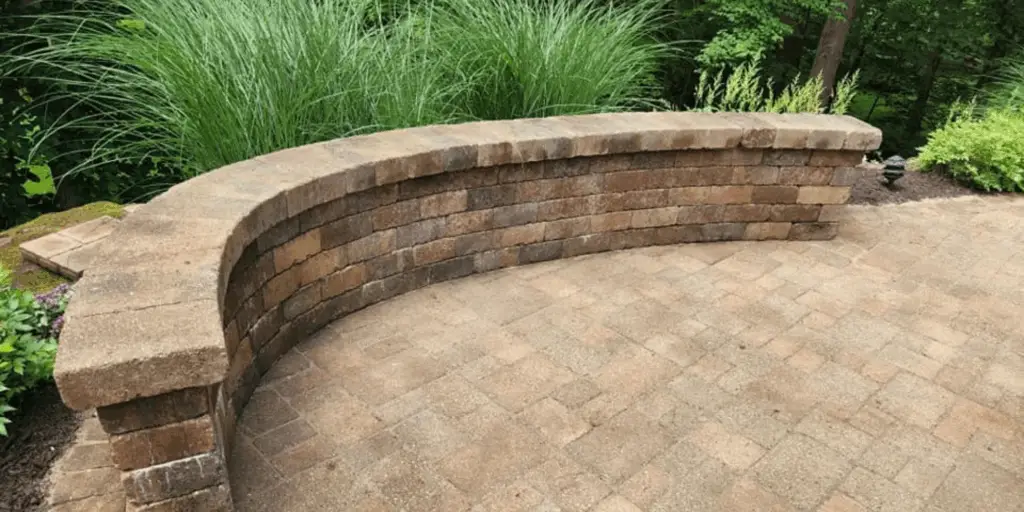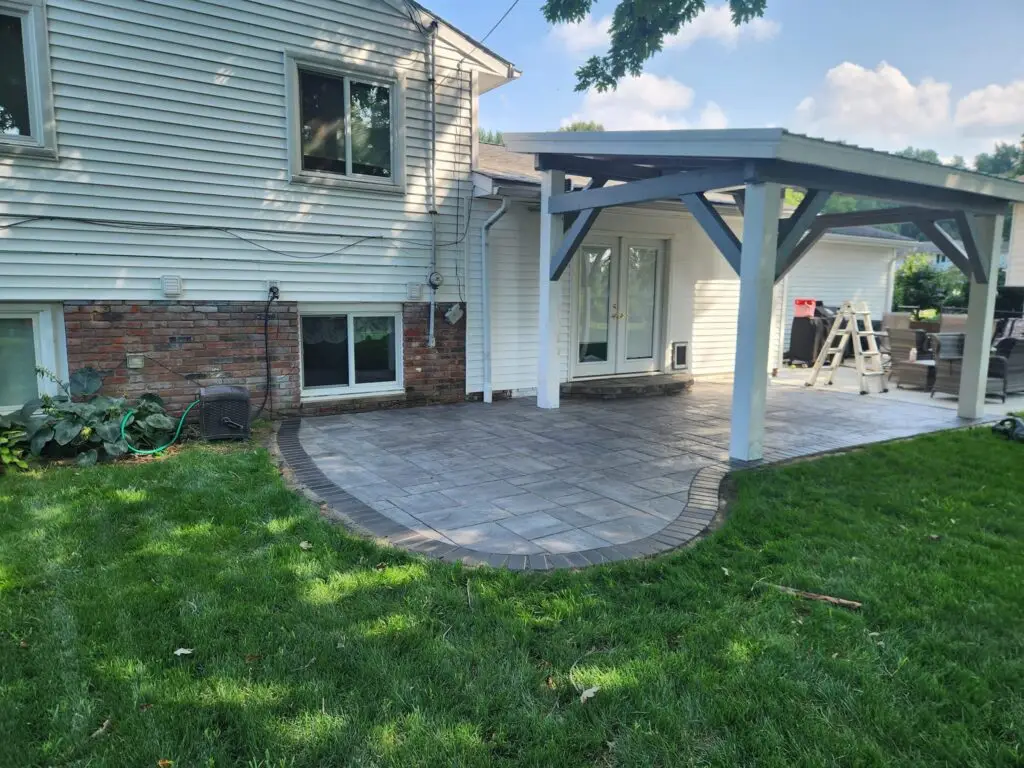As the summer season arrives with its longer days and warmer weather, it’s the perfect time to give your outdoor spaces the care they need. Your patio and retaining walls are not only key features of your landscape design but also investments that add beauty and value to your home. However, without regular maintenance, they can quickly show signs of wear from heat, rain, and daily use. In this article, we’ll explore eight effective ways to maintain your patio and retaining walls this summer, ensuring they stay in top condition and ready for all your seasonal gatherings.
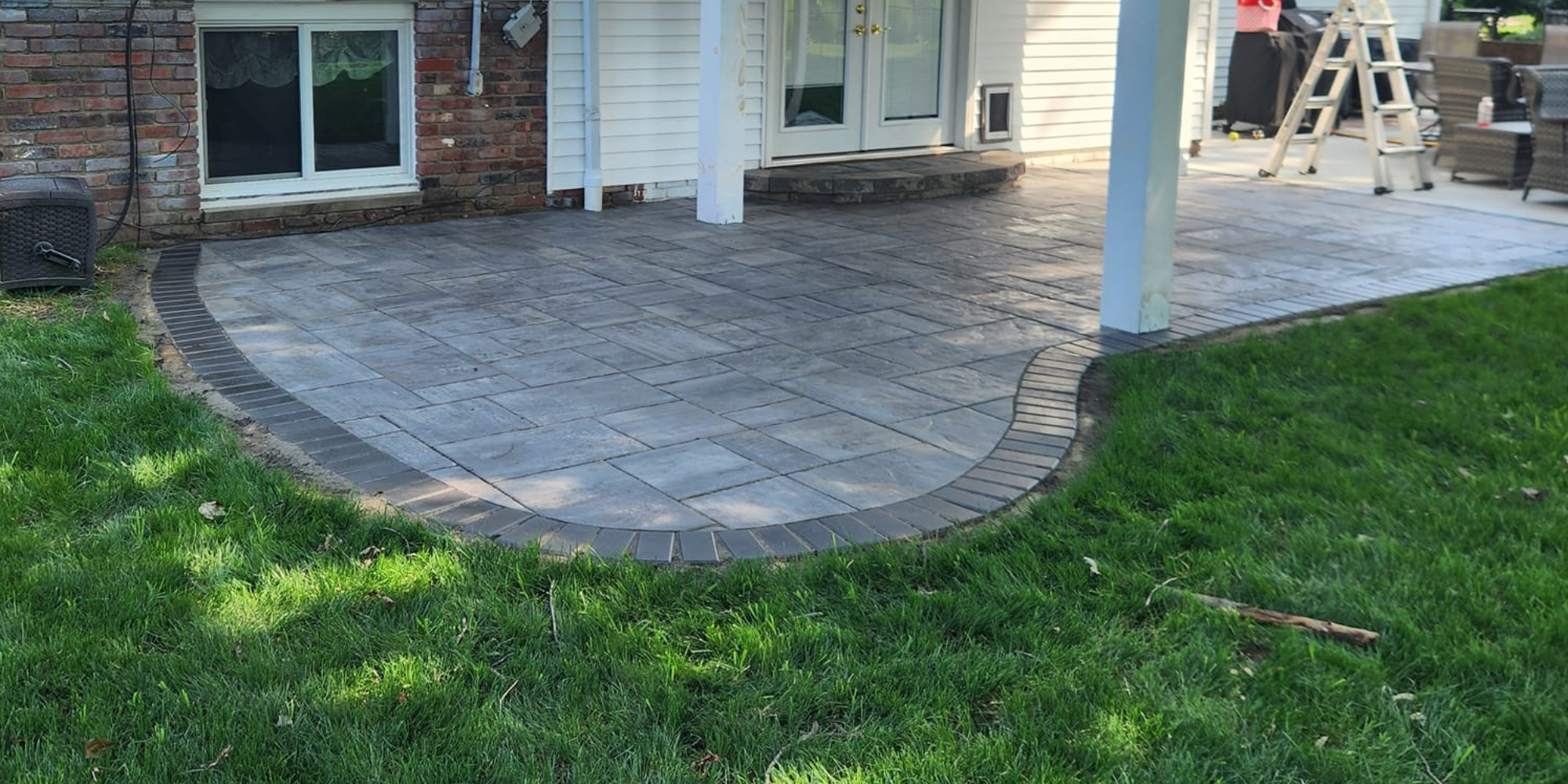
1. Regular Cleaning
Sweep and Remove Debris
Regularly sweep your hardscapes to remove dirt, leaves, and debris that can accumulate. This prevents buildup and avoids staining from organic materials like leaves or berries that might leave marks.
Pressure Wash for Deeper Cleaning
Use a pressure washer to clean surfaces like concrete, brick, or stone. However, be careful with the pressure setting to avoid damaging the surface. Focus on areas with mold, mildew, or algae buildup, as they thrive in humid, summer weather.
Clean Stains Promptly
If you notice any stains from food, drinks, or natural elements like tree sap, clean them right away to avoid long-term discoloration. Use a mild detergent or a stone-safe cleaner designed for hardscapes.
2. Seal Surfaces
Apply a Sealant
Sealing your hardscape surfaces (such as patios, retaining walls, or pavers) helps protect them from the sun’s UV rays, moisture, and spills. Sealants form a protective barrier that prevents water infiltration, which can cause cracks, erosion, or staining.
Choose the Right Sealant
Depending on the material (concrete, stone, pavers, etc.), make sure you use a sealant that’s appropriate for the surface. For example, a penetrating sealant works best for porous materials like stone, while a topical sealant is good for concrete and pavers to protect against stains.
Reapply Periodically
Over time, the sealant can wear off due to sun exposure and foot traffic. Reapply every 1-2 years, or follow the manufacturer’s recommendations, to keep surfaces well-protected.
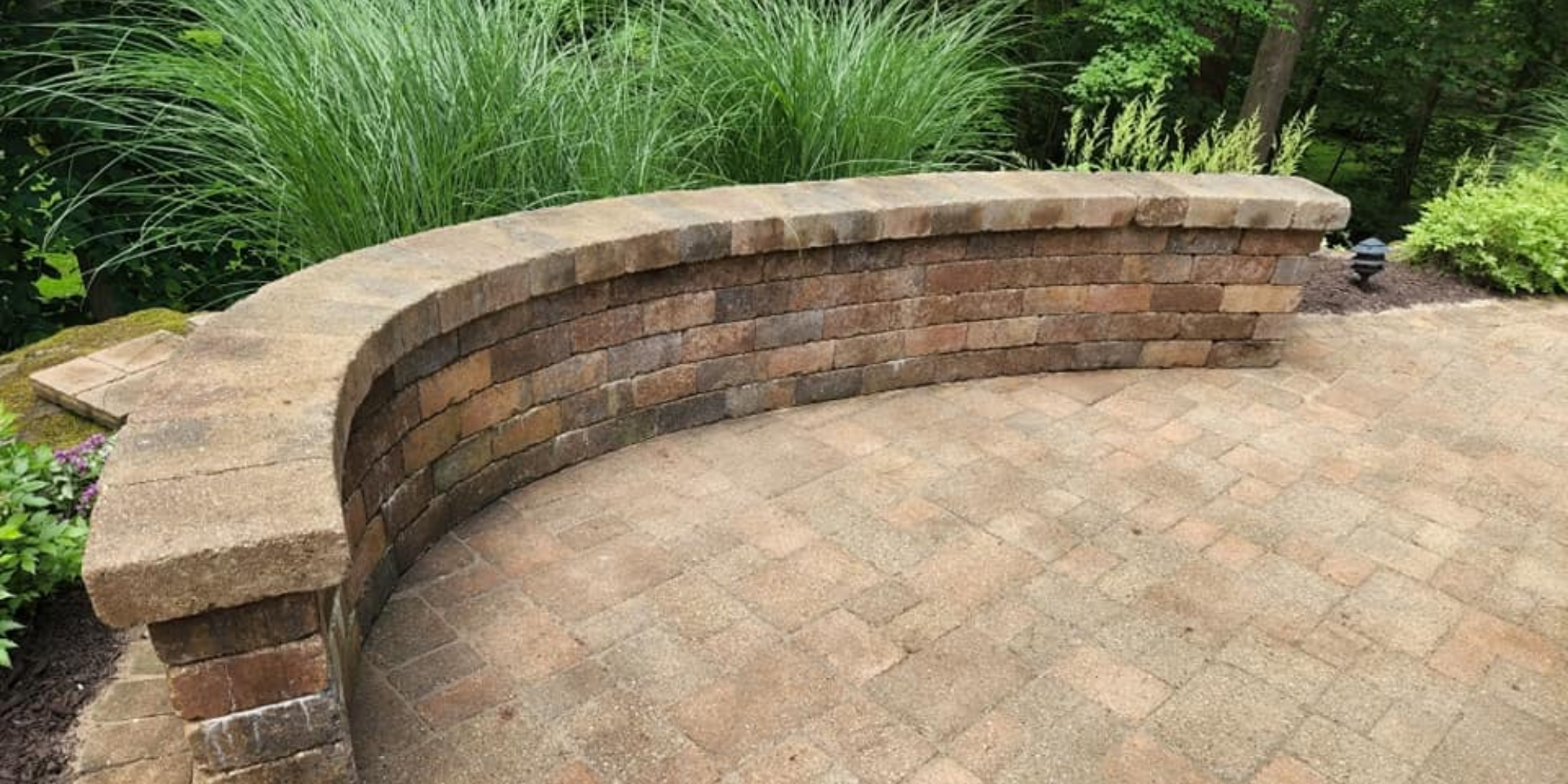
3. Manage Vegetation
Trim Nearby Plants
Overhanging branches, vines, and other plants can cause damage to your hardscapes if they grow unchecked. Trim plants that are growing over or near hardscape surfaces to prevent them from interfering with the materials or causing damage like staining or cracking.
Control Weeds and Moss
Weeds can grow between pavers or stones, and moss can develop on shaded areas of your hardscape. Use a weed killer or pull weeds manually to keep things tidy and prevent plant roots from causing structural damage. For moss, consider using a moss remover solution.
4. Prevent Cracks and Erosion
Check for Shifting Pavers or Stones
The summer heat can cause some hardscapes to shift or settle. Periodically check for uneven pavers or stones, as they can become a tripping hazard. If you notice any, lift the stone and re-level the base underneath, then re-set the paver.
Re-Sand Paver Joints
If you have a patio or walkway made from interlocking pavers, the joint sand can wash out during rainstorms or become displaced over time. Replace or replenish the sand to ensure the pavers stay in place and prevent weed growth between the joints.
Fix Retaining Walls and Edging
If you have retaining walls or garden edging, ensure that they’re structurally sound. The heat can cause soil to settle, potentially leading to leaning or shifting of retaining walls. If any stones are out of place, relevel them and ensure proper drainage behind the wall to prevent further damage.
5. Protect from UV Rays
Provide Shade When Possible
Extended exposure to UV rays can cause discoloration and wear on your hardscape materials. If possible, install a shade structure like a pergola, umbrella, or awning over areas that receive heavy sun exposure, such as a patio or outdoor kitchen.
Use UV-Resistant Materials
When adding new hardscape features (like furniture, planters, or outdoor decor), consider materials that are UV-resistant, as this will help reduce fading and deterioration from sun exposure.
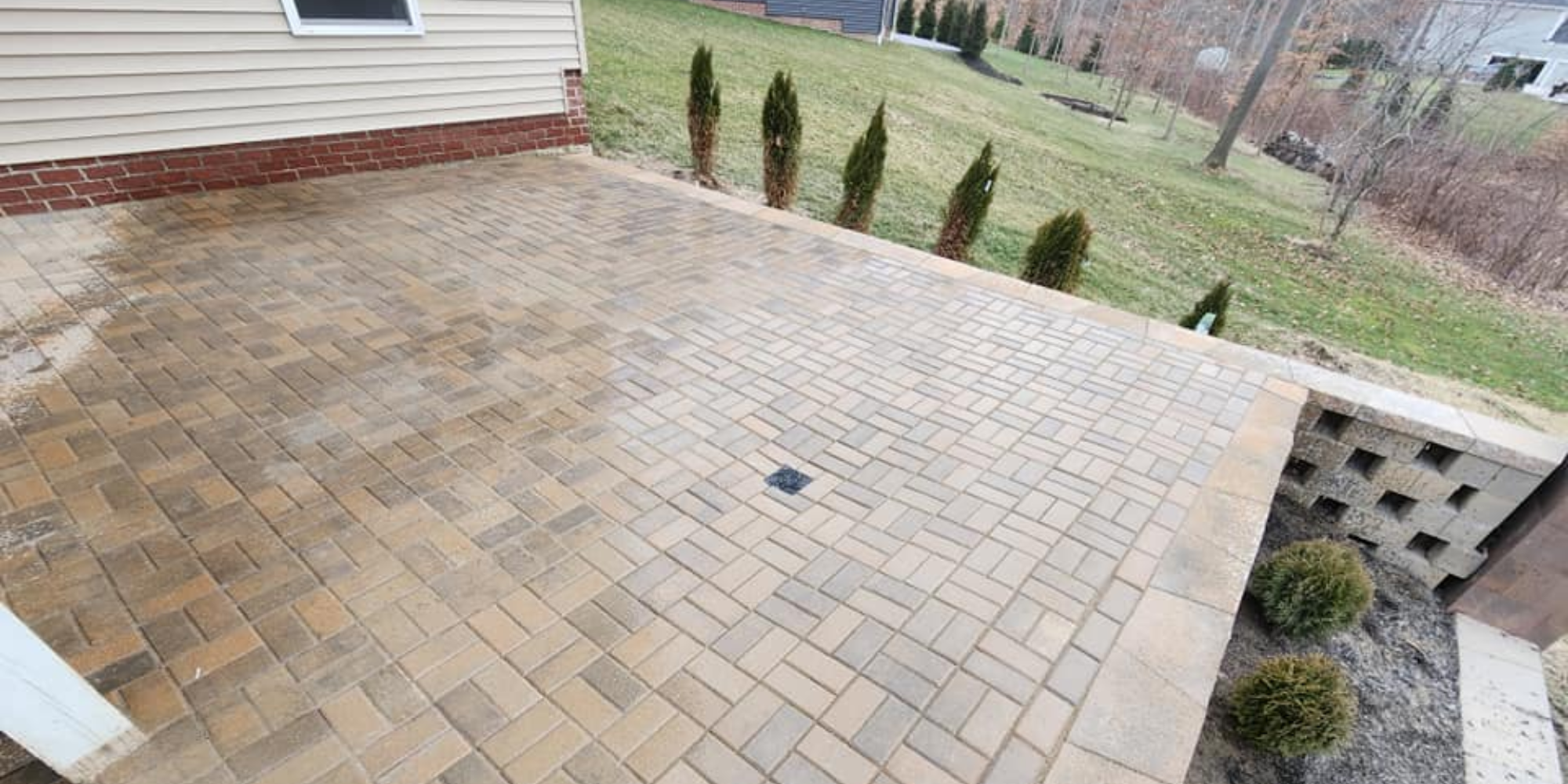
6. Check for Drainage Issues
Ensure Proper Drainage
Summer storms can bring heavy rainfall, and poor drainage around hardscapes can cause water damage or erosion. Check that water is flowing away from your hardscape areas to prevent pooling or flooding, which could compromise the foundation of your patio or retaining walls.
Maintain Drainage Systems
If your hardscapes have drainage systems such as French drains or downspouts, make sure they’re clear of debris and functioning properly. Blocked drains can cause water to back up, leading to pooling or erosion.
7. Address Surface Wear and Scratches
Buff and Polish
If your hardscape surfaces, such as stone or concrete, have scratches or surface wear, use a buffing machine or hand tools to smooth out any imperfections. You can also polish certain surfaces, like marble or granite, to restore their shine.
Repaint or Touch Up
For painted or stained surfaces (like concrete or some metal features), check for fading or chipping. Touch up any areas where paint has worn off to keep the surface looking fresh and prevent rust or corrosion on metal surfaces.
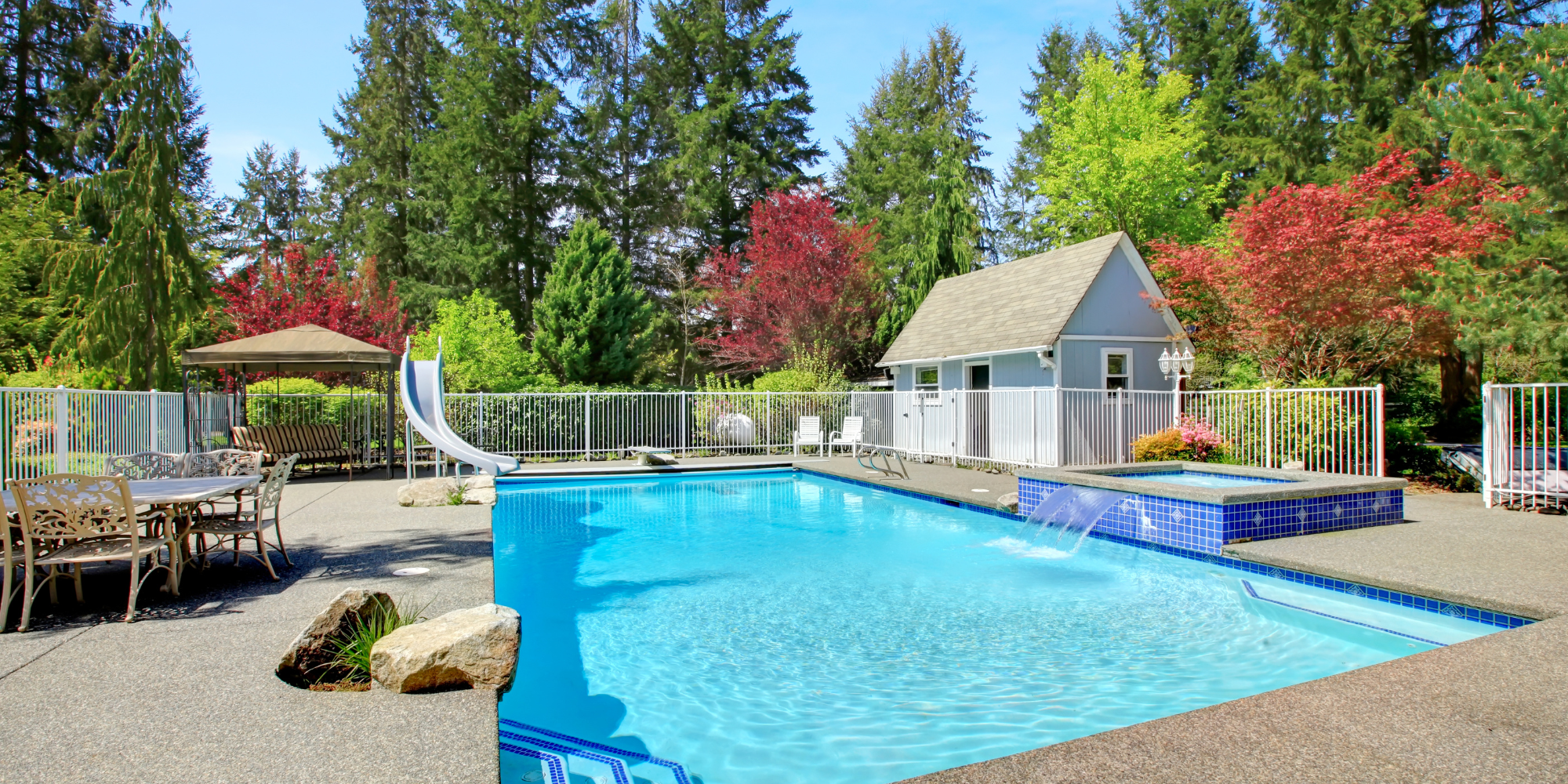
8. Be Mindful of Pool Areas
Check for Salt Damage (if applicable)
If you have a saltwater pool, make sure that the saltwater doesn’t damage your patio or surrounding hardscapes. Salt can corrode metal and concrete over time, so rinse the area after pool use and consider adding a sealant to protect surfaces.
Control Splash Zones
Ensure that water from the pool doesn’t pool around your patio or walkways. If necessary, adjust the landscaping or install drains to guide water away from sensitive areas.
Taking the time to maintain your patio and retaining walls during the summer can go a long way in preserving their appearance, function, and longevity. From regular cleaning and sealing to inspecting for damage and managing surrounding vegetation, these simple yet effective steps can help you avoid costly repairs down the road. By staying proactive, you’ll not only enhance the safety and appeal of your outdoor space but also ensure it remains a welcoming spot for relaxation and entertainment all season long. We’re here to help! Receive your free estimate today.

